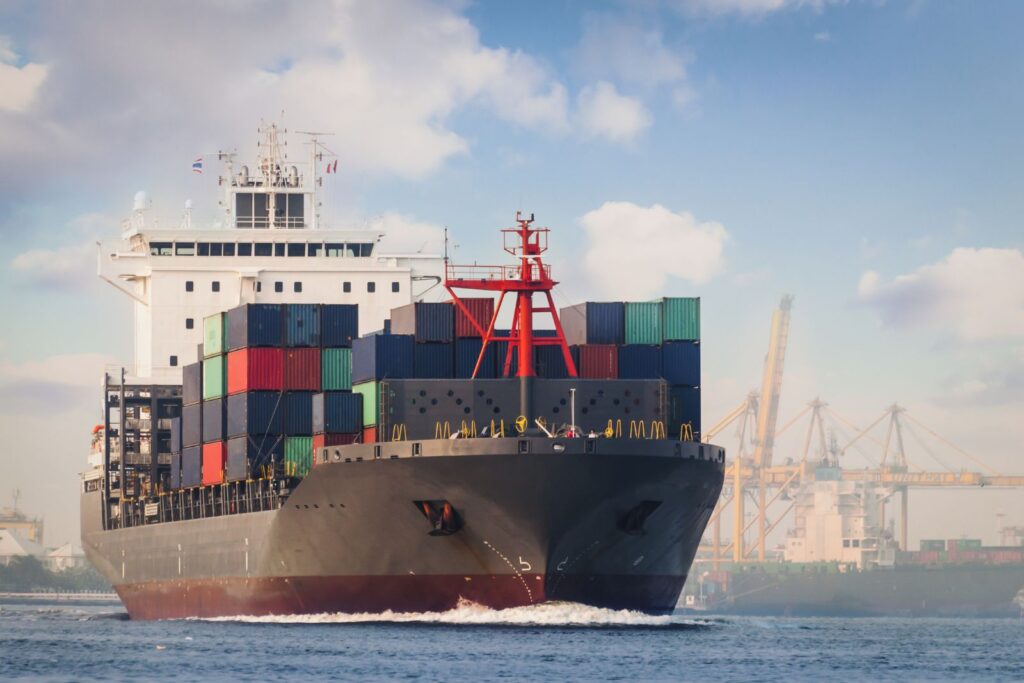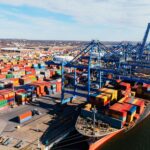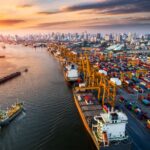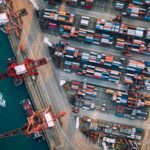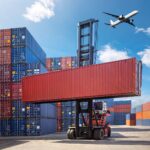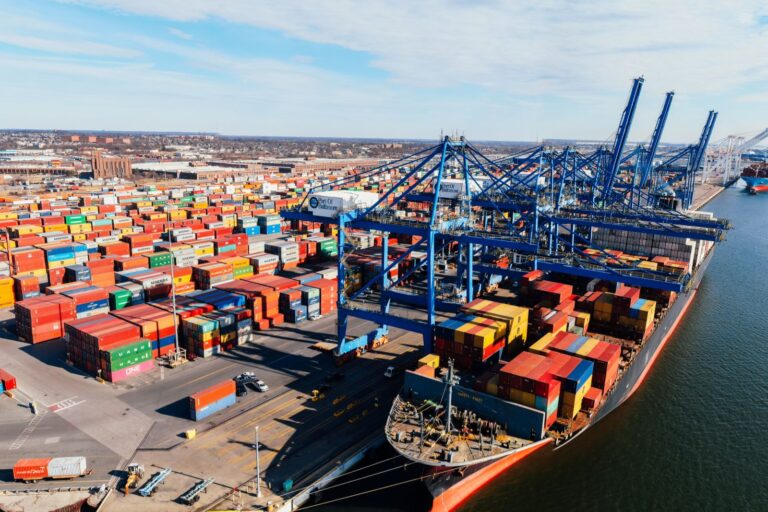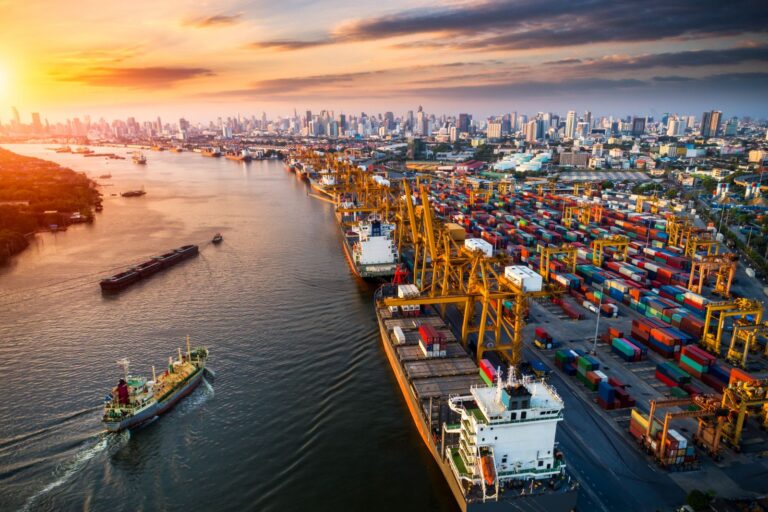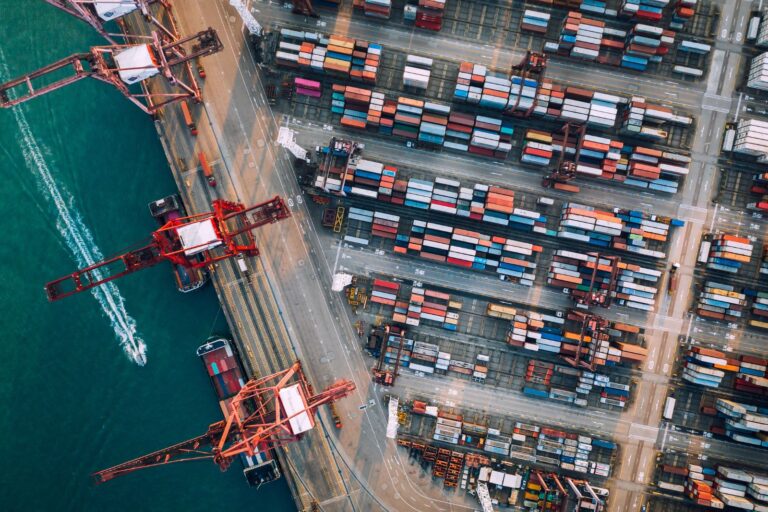The global shift towards sustainability has accelerated the demand for renewable energy projects, from solar farms to offshore wind parks. Yet, transporting oversized turbines, fragile solar panels, and complex battery systems comes with challenges. Mishandling or delays can disrupt entire energy projects, increasing costs and risks.
This is where renewable energy cargo logistics plays a critical role. It ensures the safe, efficient, and timely movement of specialised equipment vital for powering a greener future. From precision planning to risk management, logistics providers make sure cargo reaches its destination intact.
At EGL – Emerald Global Logistics, we understand the unique requirements of renewable energy transport and provide tailored solutions to support businesses in achieving their sustainability goals.
Why Renewable Energy Cargo Matters
The Rising Demand for Green Energy
As governments and corporations worldwide invest heavily in renewable energy infrastructure, the need for reliable logistics has never been greater. Components like solar panels, wind turbines, and battery storage units are often large, fragile, and high-value—requiring careful handling throughout the supply chain.
Logistics Challenges in Renewable Energy
- Oversized equipment: Wind blades often exceed 70 metres.
- Fragile technology: Solar panels and inverters need shock-proof packaging.
- Remote destinations: Many sites are located offshore or in rural areas.
- Customs compliance: International shipments require specialised documentation.
Benefits of Professional Renewable Energy Cargo Logistics
Partnering with a trusted logistics provider offers several advantages:
- Enhanced safety for sensitive equipment.
- Reduced costs through optimised shipping routes.
- On-time delivery to prevent project delays.
- Custom solutions for oversized or hazardous cargo.
- Sustainability alignment with eco-friendly practices.
How Renewable Energy Cargo Transport Works
Step 1: Assessment and Planning
Every project begins with a detailed analysis of cargo specifications, routes, and site accessibility.
Step 2: Packaging and Preparation
Fragile items are secured with reinforced packaging to withstand shocks, humidity, and temperature changes.
Step 3: Specialised Transportation
Depending on cargo type, providers use heavy-lift vessels, flat-rack containers, or low-loader trucks.
Step 4: Customs and Compliance
Clearance is managed with accurate documentation to avoid border delays.
Step 5: Final Delivery and Installation Support
Logistics teams coordinate with site managers to ensure safe unloading and placement of cargo.
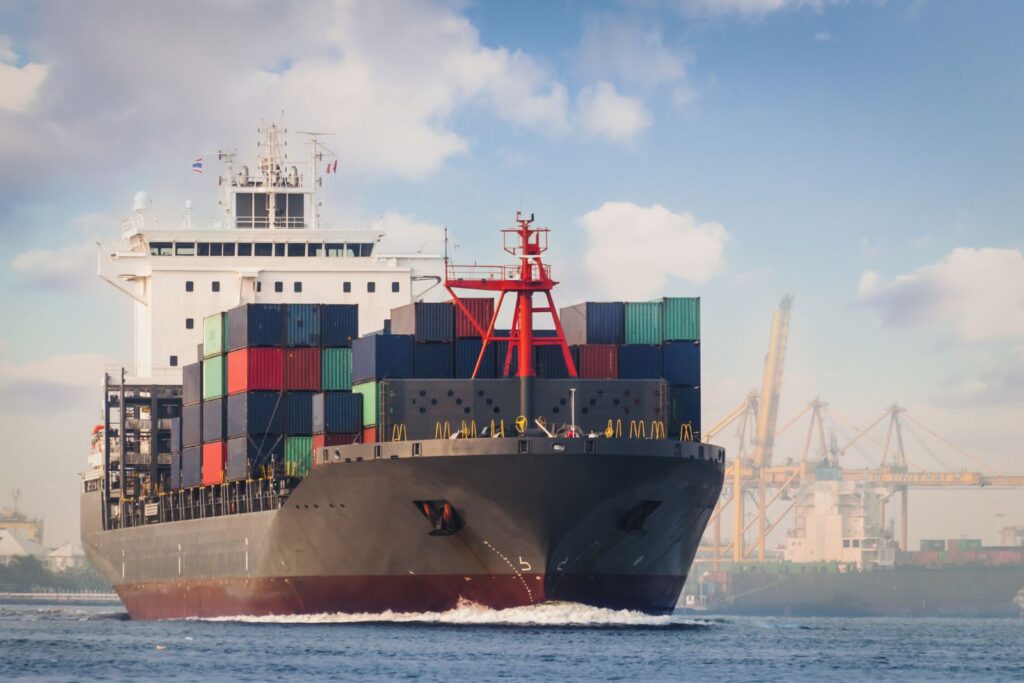
Cost Factors in Renewable Energy Cargo
The price of transporting renewable energy equipment depends on:
- Cargo dimensions and weight
- Mode of transport (sea, air, land)
- Route complexity
- Customs duties and regulations
- Special handling requirements
While renewable energy cargo logistics can be costly, investing in reliable services saves money by avoiding damage, penalties, or project delays.
Best Practices for Renewable Energy Cargo
- Choose specialised logistics providers with renewable energy experience.
- Conduct route surveys to identify risks.
- Use eco-friendly packaging where possible.
- Monitor cargo with real-time tracking systems.
- Maintain clear communication between logistics teams and project managers.
Common Mistakes to Avoid
- Underestimating the complexity of oversized shipments.
- Failing to factor in customs regulations.
- Choosing providers without industry-specific expertise.
- Ignoring insurance coverage for high-value cargo.
Real-World Applications
- Wind Energy Projects: Transporting blades, nacelles, and towers.
- Solar Farms: Delivering thousands of fragile panels across long distances.
- Battery Storage Solutions: Safely shipping lithium-ion systems with strict compliance.
- Hydropower Plants: Moving heavy turbines to remote, hard-to-reach locations.
At EGL – Emerald Global Logistics, we’ve supported diverse projects across Australia, ensuring renewable energy cargo reaches its destination safely and efficiently.
FAQs on Renewable Energy Cargo
1. What is renewable energy cargo?
It refers to specialised logistics for transporting renewable energy equipment such as wind turbines, solar panels, and batteries.
2. Why is renewable energy cargo challenging?
Because it involves oversized, fragile, or hazardous equipment that requires careful handling, custom packaging, and specialised transport.
3. How much does it cost to ship renewable energy equipment?
Costs vary depending on size, weight, distance, and transport mode but typically involve higher investment due to special handling needs.
4. Can renewable energy cargo be transported internationally?
Yes, but it requires compliance with customs regulations and often multimodal transport solutions.
5. Why choose EGL for renewable energy cargo?
EGL provides tailored, reliable logistics solutions designed for the unique challenges of renewable energy projects.
Conclusion
The transition to clean energy depends not only on technology but also on effective logistics. Safe and reliable renewable energy cargo solutions ensure projects are completed on time, on budget, and without damage to critical equipment.
If you’re ready to streamline your renewable energy logistics, contact EGL today for expert support and tailored solutions that keep your projects moving forward.

